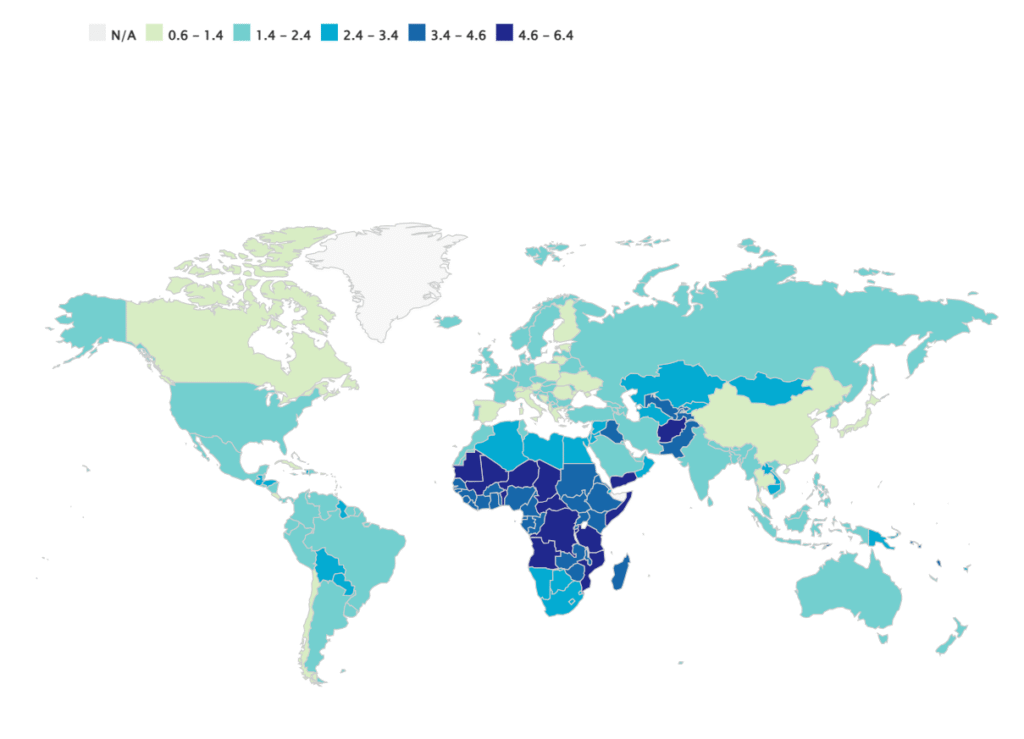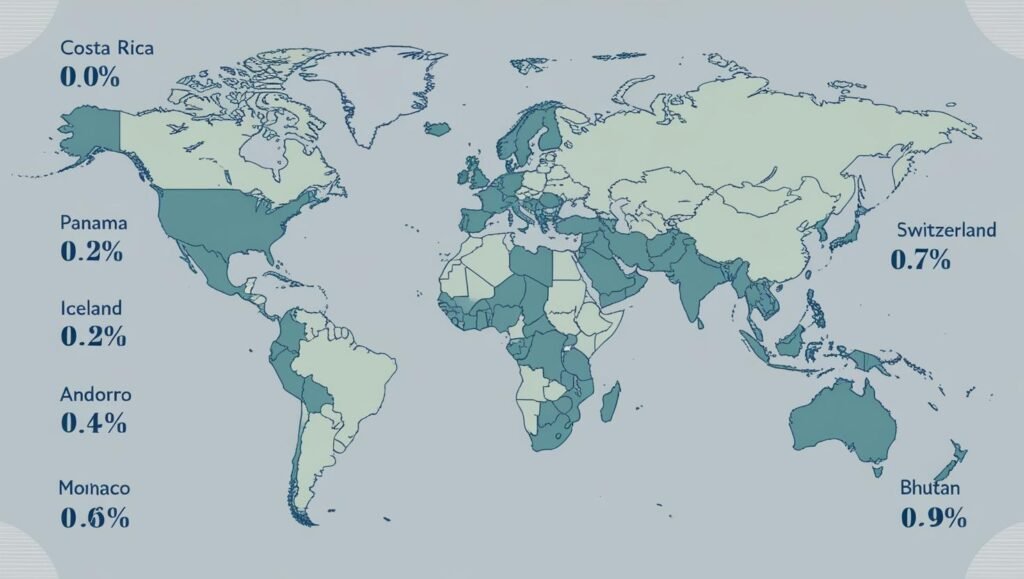May 2025
In 2025, the global wage landscape reveals a striking contrast between developed and developing nations. While some countries ensure a high standard of living through generous minimum wage laws, others continue to lag behind—highlighting economic disparity and policy priorities around the world.
If you’ve ever wondered where in the world workers earn the most per hour, this comprehensive comparison offers a clear look at the countries that are leading (and lagging) in minimum wage standards.
Countries with the Highest Minimum Wages in 2025
When adjusted for purchasing power parity (PPP) and cost of living, the following countries top the global chart for the highest legal minimum wages in 2025:
| 🌍 Rank | Country | 💵 Hourly Minimum Wage (USD) |
|---|---|---|
| 1 | Australia | $15.30 |
| 2 | Luxembourg | $14.50 |
| 3 | France | $13.60 |
| 4 | New Zealand | $13.10 |
| 5 | Ireland | $12.90 |
| 6 | Germany | $12.50 |
| 7 | Netherlands | $12.40 |
| 8 | United Kingdom | $12.30 |
| 9 | Canada (avg.) | $12.00 |
| 10 | South Korea | $9.90 |
🧠 Quick Fact: Australia’s minimum wage, already among the highest globally, saw an increase of 4.5% in 2025 due to inflation and rising cost of living.
How Do Developing Countries Compare?
In developing nations, minimum wages are often considerably lower and can vary widely based on region, sector, or even age.
| Country | 💵 Approx. Hourly Minimum Wage (USD) |
|---|---|
| India | $0.60 – $1.20 (varies by state) |
| Nigeria | $0.90 |
| Philippines | $1.20 |
| Bangladesh | $0.65 |
| Pakistan | $0.70 |
| Kenya | $0.80 |
These lower wages reflect local economic conditions, but also bring attention to labor rights concerns, rising inflation, and global inequality.
Factors Influencing Minimum Wages Globally
Several key factors impact the minimum wage policies of a nation:
- Inflation Rates
- Unemployment and Economic Growth
- Union Strength and Labor Movements
- Political Willpower and Governance
- Cost of Living (urban vs. rural)
For instance, countries like Luxembourg and France use national indexation systems that automatically adjust wages based on inflation.
Regional Trends in 2025
Europe
Europe continues to set the benchmark for fair wages, with nearly all EU nations maintaining strong minimum wage laws. Several countries also have monthly minimum wage guarantees, ensuring workers aren’t underpaid due to low work hours.
United States
The U.S. federal minimum wage remains stagnant at $7.25/hr, but several states like California ($16.00/hr) and Washington ($16.28/hr) lead the way. This state-level variation creates significant disparities in worker earnings.
Asia-Pacific
Australia and New Zealand dominate the region in wage policy, while countries like Indonesia, Vietnam, and Thailand are gradually increasing their wages to compete globally and protect workers.
Africa & Latin America
Wages in many African and Latin American countries remain low, though Chile ($2.90/hr) and Uruguay ($3.10/hr) are regional leaders in Latin America.
Why Minimum Wage Still Matters
A strong minimum wage helps reduce poverty, stimulate consumer demand, and encourage productivity. However, opponents argue that too high a wage could discourage hiring or drive inflation.
In 2025, nations around the world are being forced to balance social welfare with economic sustainability—making minimum wage policy a hot topic in elections, boardrooms, and labor unions alike.
Final Thoughts
The global minimum wage landscape is a reflection of a country’s values, priorities, and economic realities. As cost of living continues to rise, the demand for fair compensation is only going to grow stronger.
Whether you’re a policymaker, an economist, or a curious reader, one thing is clear: where you live can drastically influence how much your work is worth.
Sources & Note:
Note: This article is based on publicly available information as of May 2025. For the most current updates, please refer to official government releases and international news outlets such as ILO.org, OECD.org, and national labor ministries.




